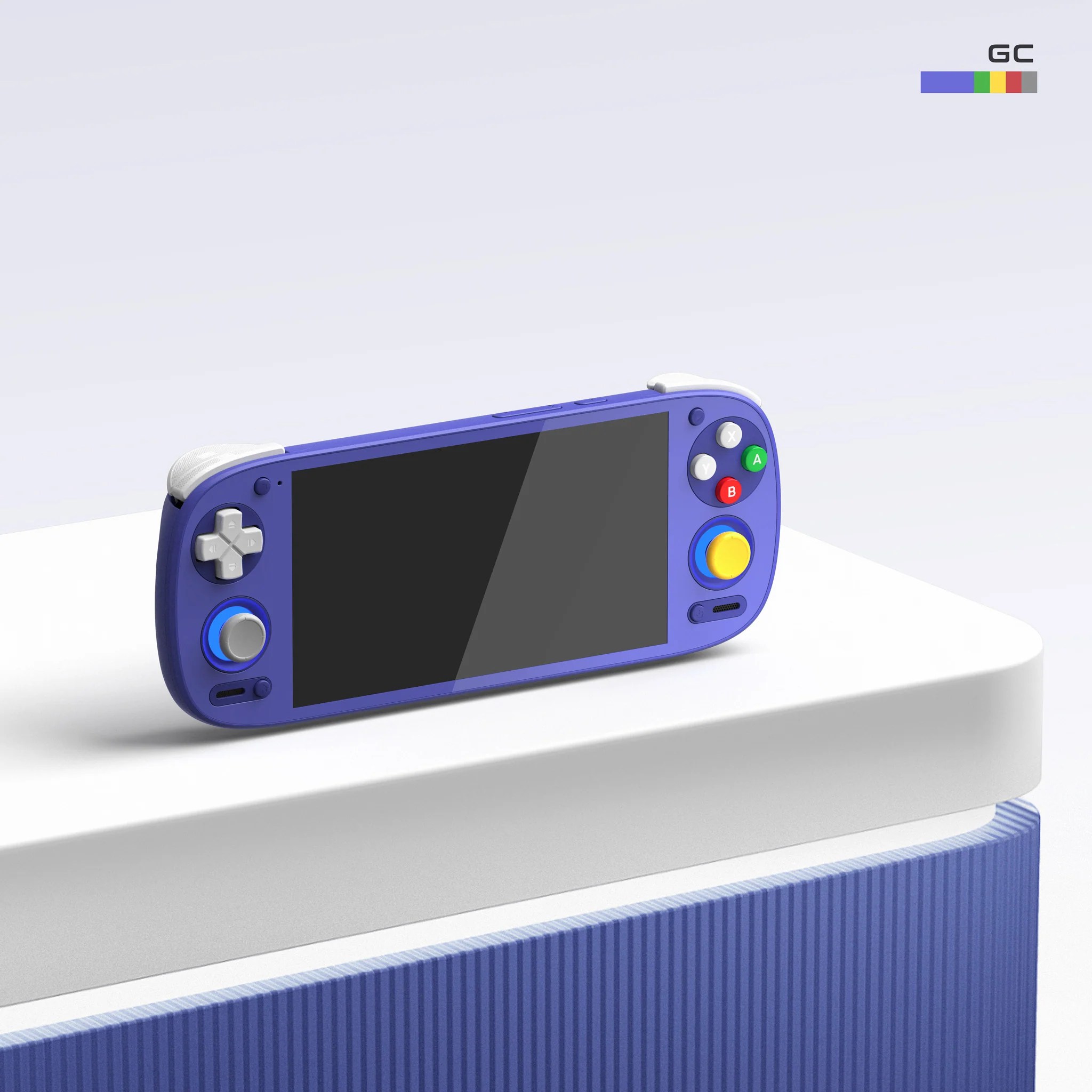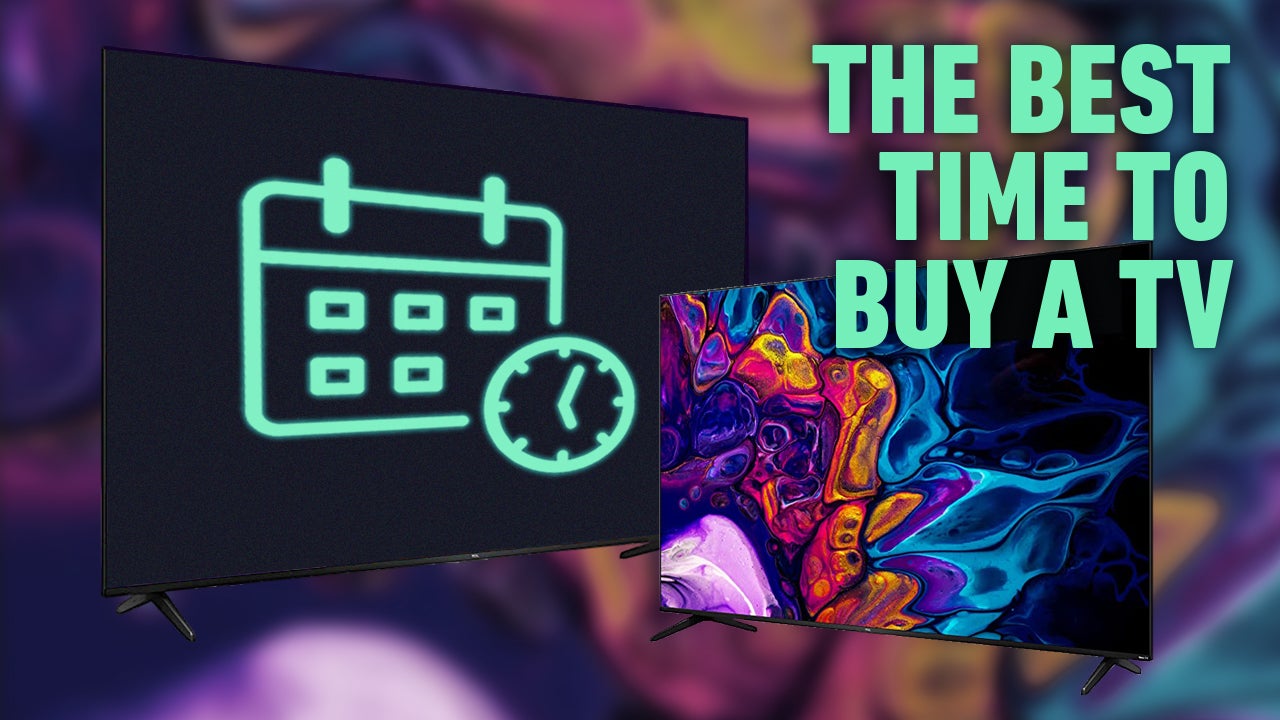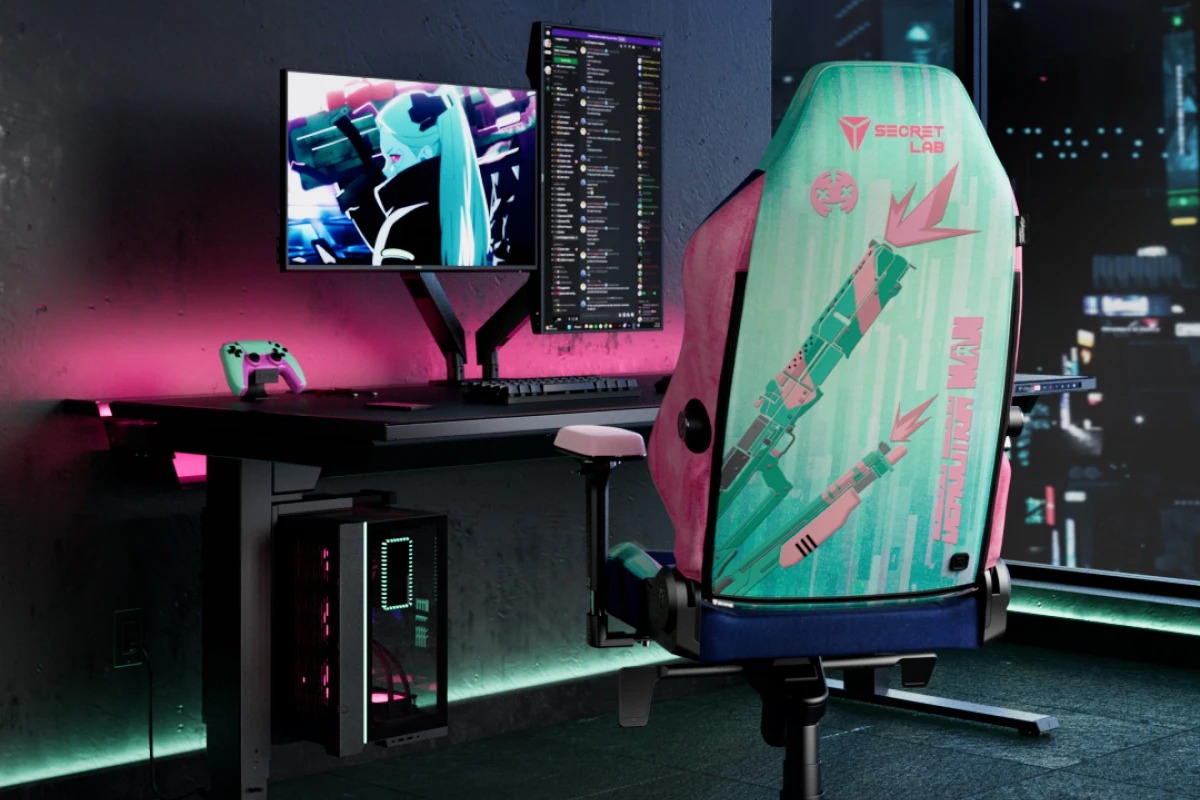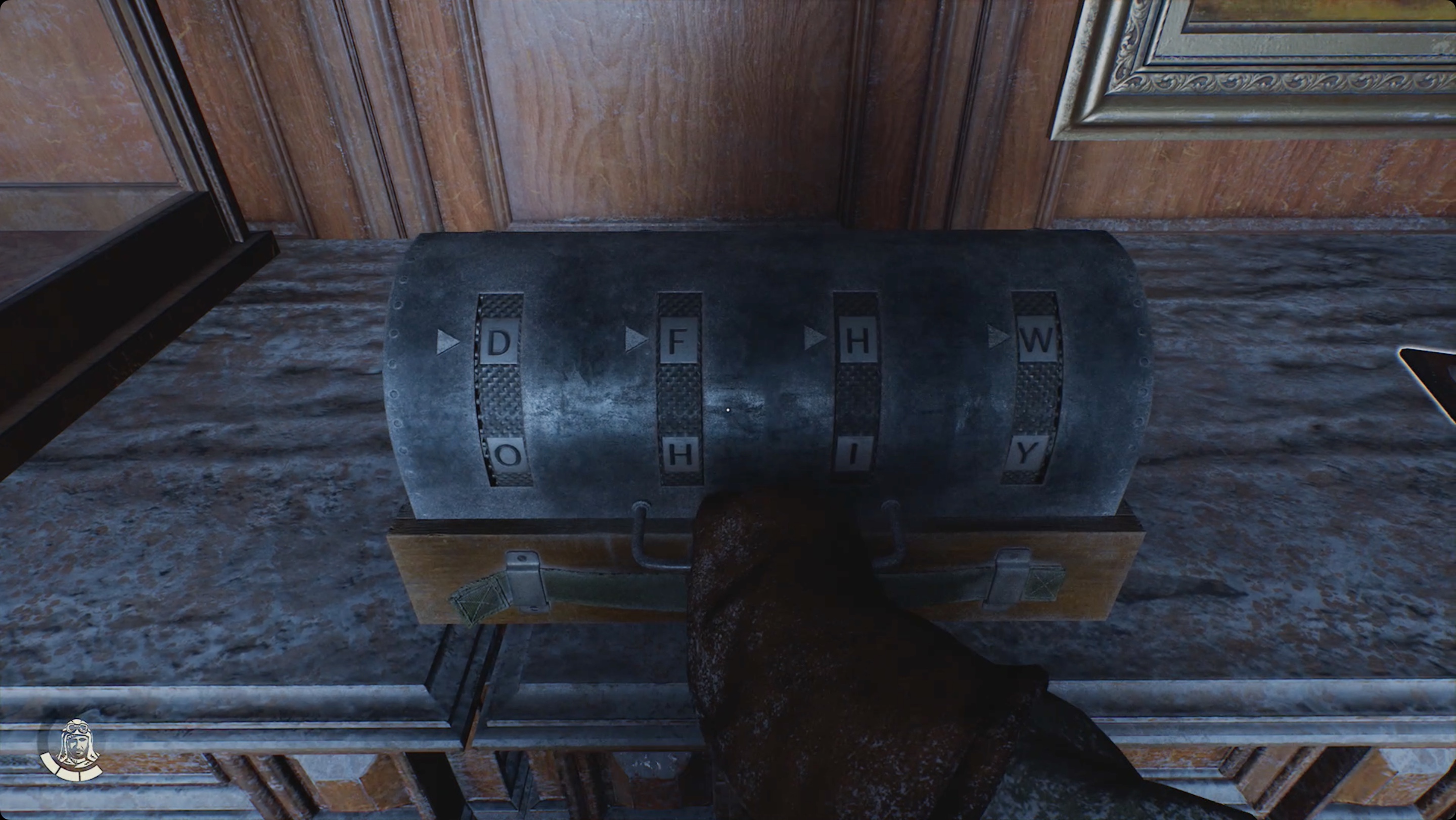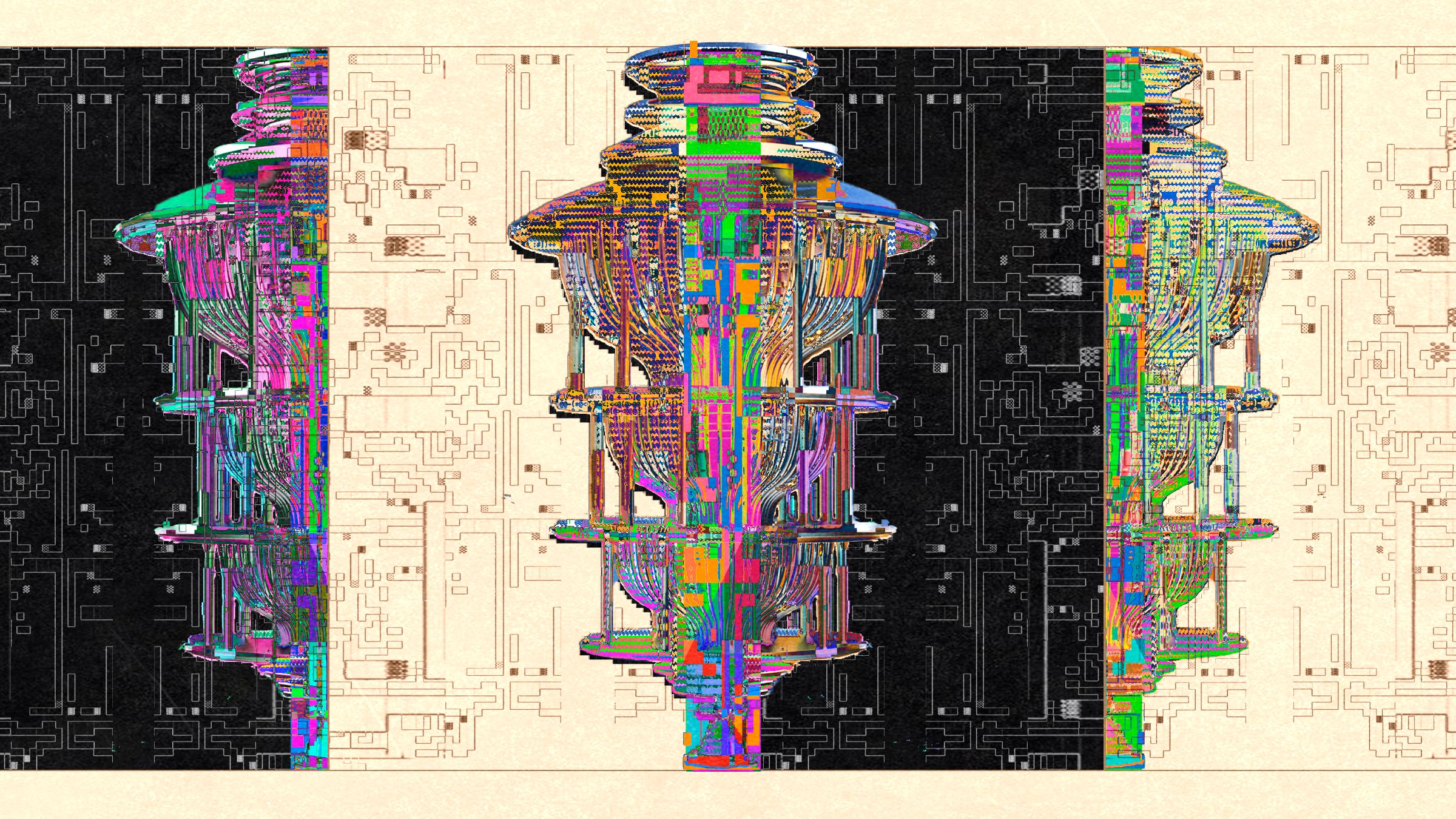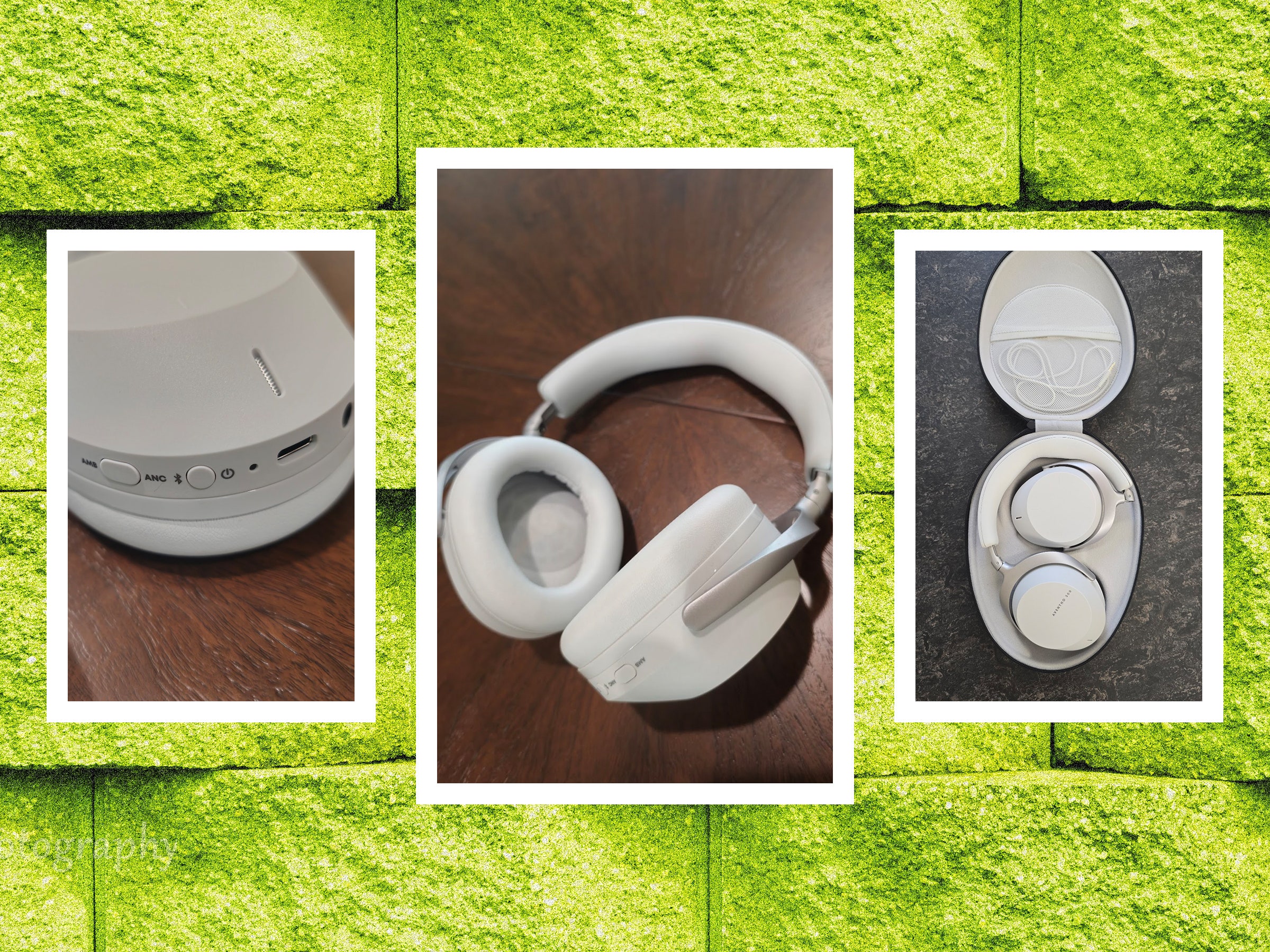
How does anyone choose which handheld to buy when better, cheaper hardware appears nearly every week? The answer (at long last) is the Retroid Pocket 5. However, like solving a good math problem, it’s important that I show my work.
For the past two years, I was stuck in a loop I like to call the Handheld Buyer’s Dilemma. A YouTube channel — like my beloved Retro Game Corps — would introduce a new, incredible handheld that emulates practically every console and platform released before the PlayStation 2. I’d open the store page in a fresh tab, then spend a week fretting over the cost of the gadget and the time it would take to set up to my liking. When finally I was prepared to open my wallet, I’d instead open YouTube, and the loop would start all over as I discovered a new video about a new handheld that promised to be even better than the last.
Abundance should be a boon. Companies like Anbernic, Retroid, and Ayaneo have flooded the market with handhelds that appeal to practically every type of gamer. Want a re-creation of your favorite retro handheld? Or maybe you prefer something as powerful as a gaming PC? Or maybe something boxy but beautiful? The intense competition drives prices down year after year.
The rush to lower prices and offer more options, rather than the best option, is my problem. Handheld makers prioritize different features for each handheld. Some have great screens, but cruddy controls. Others have plenty of graphical power, but weak batteries. The handhelds that look the best can feel uncomfortable to play, and those that feel comfortable — well, you get the point.
The Retroid Pocket 5 snapped me out of this cycle. Compared to its peers, Retroid releases fewer new handhelds in a given year, and that focus shows. In the case of the Pocket 5, the system looks as good as it feels. It’s small enough to toss in my tote bag and yet has a large, beautiful OLED screen that reminds me of the original PlayStation Vita and the Nintendo Switch OLED. It’s powerful enough to run everything I ask of it, from Atari to Dreamcast, and it took less than an hour of tinkering to get it running reliably — thanks, of course, to the abundant YouTube tutorials.
It’s so portable, so light, so fun to play. The plastic shell feels light and cozy in the hand, and games load in an instant. Even the touch screen proved reliable with Vita emulation. I spent my holiday break revisiting retro games I hadn’t dug out of storage in decades. For the first time in years, my Steam Deck collected dust. And when I returned to it — as amazing as Valve’s handheld is — it felt big and heavy. So, I’ve been streaming games I used to play on my Steam Deck to Retroid Pocket 5 instead with the help of the handheld’s access to Android’s Google Play store.
The cycle I mentioned at the top didn’t stop, though. After I ordered my handheld, I learned about the Anbernic RG 406H, the Odin2 Portal, the TrimUI Brick, the Ayaneo Pocket DMG, and the Anbernic RG 34XX. Some of them are more powerful than the Retroid Pocket 5. Others look nicer. But for me, with my new handheld, the porridge is just right.
So am I recommending the Retroid Pocket 5 to pull readers out of their own handheld paralysis? Not quite. While I adore my new little gizmo, I’ve come to realize something else: I would have liked any other handheld I could’ve bought during the last two years of stalling. And that’s two years I didn’t spend playing games I would have enjoyed.
The real takeaway should be that any modern handheld will suffice. Handheld gaming YouTubers aren’t lying. Each of these is amazing, just in its own way. If you simply want a handheld to play older games — via ROMs of the games you own — then you can close your eyes, throw a dart, and hit a great option.
Or, I suppose you could just keep watching YouTube videos. It’s almost as fun and a hell of a lot cheaper.
Source:https://www.polygon.com/hardware/506452/retroid-pocket-5-review-best-handheld-emulator